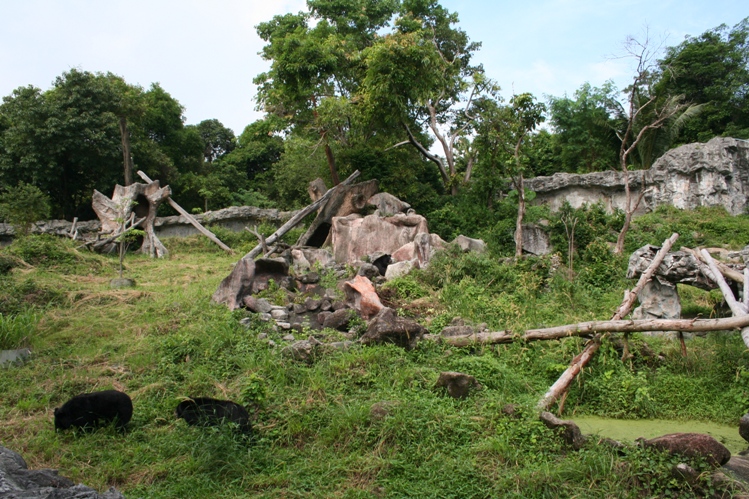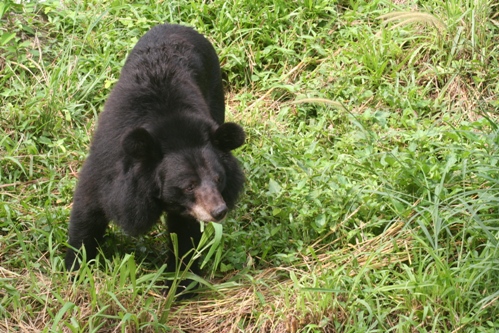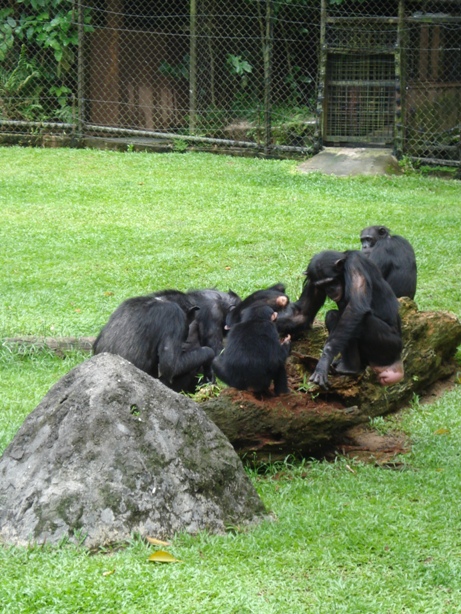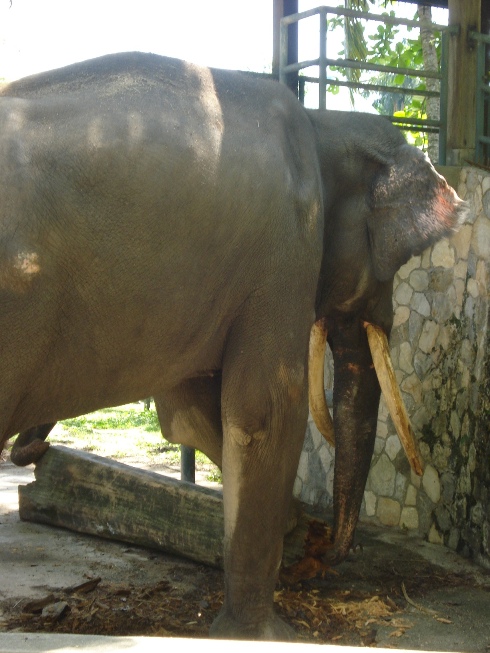When thinking about the welfare of captive wild animals, we can look to see if their basic needs, also known as the “Five Freedoms”, are being met. At the very least, captive establishments have a duty to ensure these basic needs are fulfilled.
Also, having some control over their environment and the freedom to make choices is essential to the well being of animals, and if these elements are lacking this will lead to poor welfare. For a better life, zoo animals require the kinds of natural and complex experiences that they would encounter in the wild.
Next time you visit a zoo, have a look and see if the following Five Freedoms are being met. If not, please speak to the zoo management with your concerns, or express them in a polite letter.



 break;
break;
break;
break;





